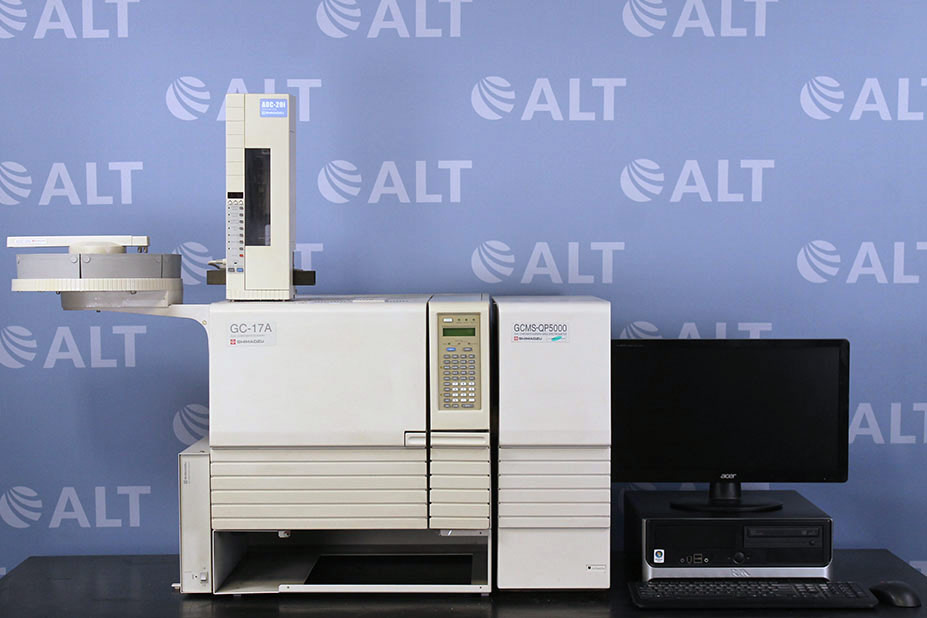
Even worse, many cellular targets are difficult to label with fluorophores in vivo (such as the mitochondrial-targeted drug delivery carriers) unless complex blended techniques are employed 38, 39. Fluorescent labeling agents add other challenges for the long-term observation of living cells due to photo-bleaching, photo-blinking, and cytotoxicity 37.

However, until now, this optical sectioning 3D SRM method has only been successful in confocal based-fluorescence microscopy with fluorescent molecules and quantum dots 35, 36. For example, 3D confocal images can be fit to a 3D Gaussian function directly to produce complete 3D SRM images 34. Instead of modifying and encoding the PSF in the axial dimension with additional optical elements, optical sectioning methods that employ scanning, such as confocal microscopy 33, can section the object in the axial direction over time and produce a 3D image of the object. The additional optical elements increase the complexity and cost of the instrument and decrease the stability and usability of the 3D SRM imaging system. Hence, these 3D SRM techniques highly depend on the modification of conventional microscopy using additional optical elements such as cylindrical lenses 15, 16, 17, 18, 19, 20, phase masks 21, 22, multi-objective lenses 23, spatial light modulators 24, 25, beam-splitters 26, adaptive optics devices 27, 28, and multi-focus optical elements 29, 30, 31, 32.

The key developments of the 3D SRM techniques were based on modifications and encoding of the PSF in order to resolve the relative central position of the single emitter in the axial direction. These new techniques provide powerful tools to resolve and analyze the subtle structure of cellular organelles with high-resolution imaging in all three dimensions 14. More recently, with the development of three-dimensional (3D) super-resolution microscopy (SRM), diffraction-limited resolution narrowed to ~10 nm in the lateral dimension and ~20 nm in the axial dimension 12, 13. These techniques were developed to achieve subdiffraction-limited lateral resolution ( x-y) in vitro and in vivo. To overcome this limitation, several modifications of the point spread function (PSF) and single-molecule localization-based methods were recently developed, including stimulated emission depletion (STED) 7, ground-state depletion (GSD) 8, saturated structured illumination microscopy (SSIM) 9, stochastic optical reconstruction microscopy (STORM) 10, and photoactivated localization microscopy (PALM) 11. However, the spatial resolution of conventional optical microscopy is limited to ~200 nm due to the optical diffraction limitation 3, 4, 5, 6. Optical microscopy imaging is very dependable and, as such, is the most widely used analysis method in biomedical and molecular biology research 1, 2.

This novel 3D fluorescence-free SRM technique was successfully applied to resolve the positions of various nanoparticles on glass and gold nanospots ( in vitro) as well as in a living single cell ( in vivo) with subdiffraction limited resolution in 3D. Compared with the commonly used least-square method, the least-cubic method was more useful for finding the center in asymmetric cases (i.e., nanorods) with high precision and accuracy. Final, 3D super-resolution microscopy (SRM) images were obtained by resolving 3D coordinates and their Cramér-Rao lower bound-based localization precisions in an image space (530 nm × 530 nm × 300 nm) with a specific voxel size (2.5 nm × 2.5 nm × 5 nm). The 3D coordinates of individual GNP, SNP, and GNR nanoparticles ( x, y, z) were resolved by fitting the data with 3D point spread functions using a least-cubic algorithm and collation. Single-particle images were then compared with simulation data. Various plasmonic nanoparticles on a glass slide (i.e., gold nanoparticles, GNPs silver nanoparticles, SNPs and gold nanorods, GNRs) were imaged and sliced in the z-direction to a thickness of 10 nm.

Augmented three-dimensional (3D) subdiffraction-limited resolution of fluorescence-free single-nanoparticles was achieved with wavelength-dependent enhanced dark-field (EDF) illumination and a least-cubic algorithm.


 0 kommentar(er)
0 kommentar(er)
